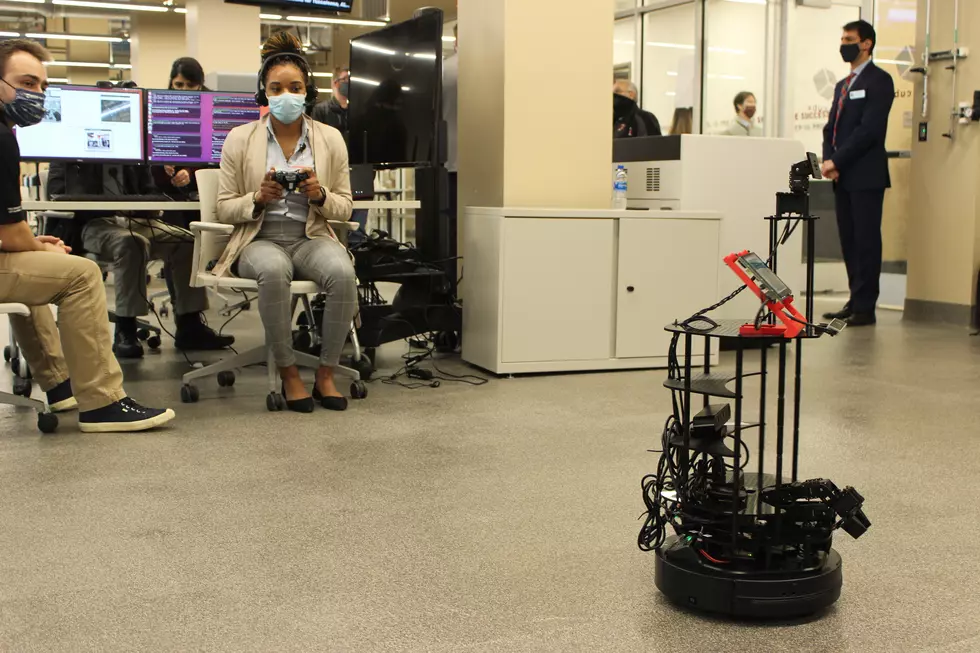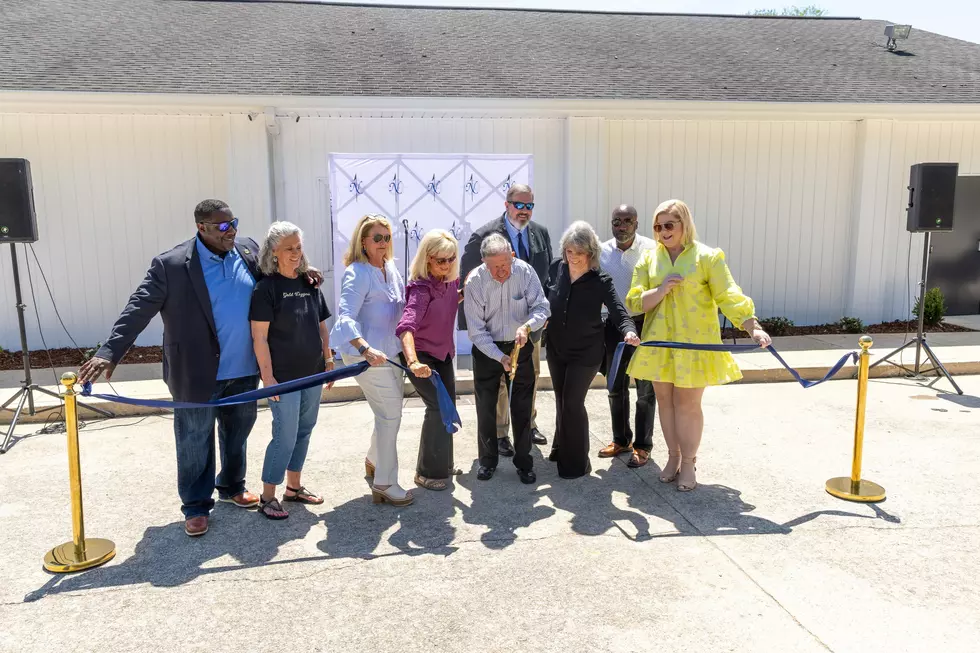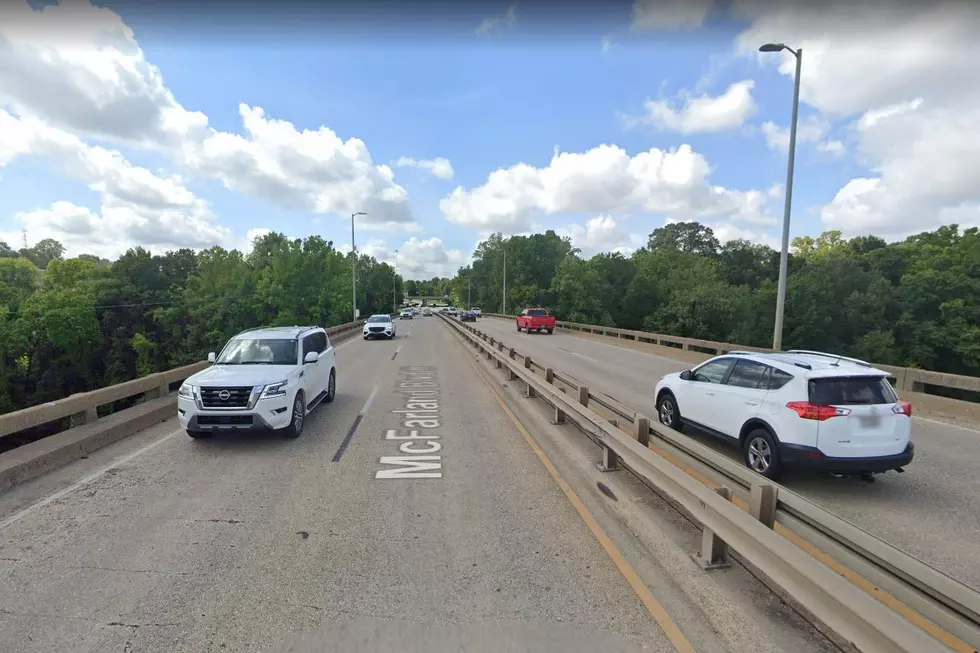
UA and Tuscaloosa Police Unveil Robot to Increase Officer Safety
The University of Alabama has partnered with the Tuscaloosa Police Department to develop a prototype teleoperated robot that will ideally increase the safety of officers and citizens during a conflict. The robots were shown in action at a Friday press conference.
The project is led by Dr. Nater Jalili, Professor and Head of the Department of Mechanical Engineering. The goal of the project was initially to establish an interdisciplinary approach to researching law enforcement's ability to utilize robots.
"This project is funded by the National Science Foundation to answer a very important question: how can we better improve future police force, while also increasing public safety?" Jalili said. "We are hoping that our human interactive robots will enable a safe environment by distancing civilians and officers from dangerous situations, while also promoting STEM education for both law officers as well as the public sector."

The robot enables two-way communication between officers and civilians via video or voice and could be game-changing by allowing officers work remotely and diffuse potentially dangerous situations.
Jalili proposed a situation where the robot could hand a cell phone to a suspect or a victim to mediate a scenario that might escalate if an officer were on site. Each of these units, once finished, would cost around $2,000 to $3,000. In the future, Jalili hopes to expand this project to provide units to all first responders.
Dr. Darrin Griffin, Associate Professor of Communication Studies at UA, led the communications team on the project. He said what initially prompted the program was a lack of effective robotic technology that would allow individual officers to directly interact with civilians in more high-risk scenarios.
"I think there's a lot of different opportunities to improve communications with not only human perception, but also awareness and cataloguing an event through cameras - using different technologies to understand emotions and see movements, when people are in high intense situations," said Griffin. "Having a robot, in conjunction with law enforcement officers opens up opportunities for more information processing and accurate reactions to situations."
The University is now in its first year of a five-year grant with the National Science Foundation, so more research will be conducted and more prototypes will be developed in the near future.
Top Stories From The Tuscaloosa Thread (2/1-2/5)
More From Tuscaloosa Thread









